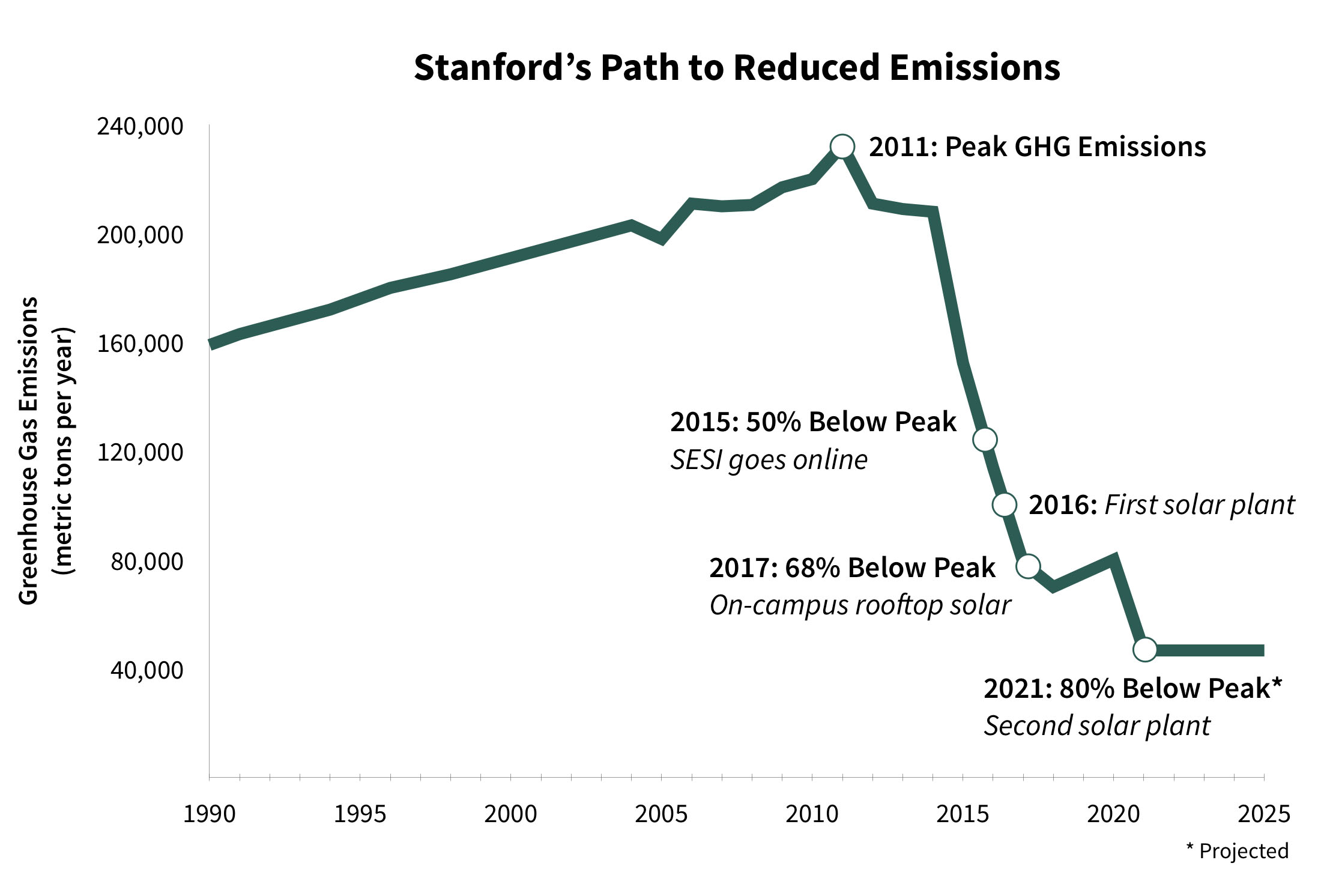
It’s hard to keep with up with the latest in clean energy. That’s why we’ve introduced a new blog series, Solar News Roundup, to present the most important things for you to know.
Here are 5 solar and clean tech highlights for your week…
Battery Storage
BYD’s Battery-Box Ranks First in Energy Storage Test
In a recent test by Technical University Berlin (HTW), BYD, a Chinese battery manufacturer has been ranked as the most efficient energy storage system. The research team has tested the efficiency of 20 energy storage systems before ranking BYD’s Battery-Box combined with the Plenticore hybrid inverter from Kostal as No 1.
The survey “Stromspeicher Inspektion 2018” has considered 60 data sheets of the most active providers in the German market before testing 20 providers who have a combined market share of more than 50 percent in Germany. With more than 100,000 PV systems installed in Germany, combined with battery systems for powering buildings, the storage systems are considered as huge contributors to the advancement of the energy transition.
Unlike relying on information from product brochures and manufacturer’s data sheets, the survey provides evidence based on laboratory or field measurement data which helps to choose a suitable and efficient power storage device.
The survey mainly focused on the analysis of information on storage capacity and efficiency. The test helps installers and consumers to choose the most suitable solution based on reliable and proven facts by providing transparent and comparable data
US Renewable Energy Policy
California Becomes First in Nation to Approve Solar Mandate for All New Homes
California Building Standards Commission (CBSC) has approved a measure that mandates all new homes built in the state starting in 2020 to include solar rooftop panels. This requirement is part of the Commission’s plan endorsed in May by energy panel and has now become an official amendment to the Golden State’s building code.
The new standards got an unanimous 8-0 vote and are proclaimed as a historical move. The action by CBSC makes California the first in the nation to mandate solar energy installations on all new residential buildings up to three stories high, including apartments and condos.
“Today’s unanimous vote was the culmination of more than two years of work by SEIA, it’s partner organizations and the state’s policymakers,”
– Sean Gallagher, VP of state affairs, SEIA.
Key Points to Consider
- The Solar mandate will reduce carbon emissions and increase solar diffusion.
- Homeowners can save $10,000 to $30,000 over a period of 20 years, depending on the state’s pro-solar policies.
- The energy efficient and solar-powered homes can reduce electricity bills with the net savings of around $40/month and nearly $500/year.
- It contributes to the state’s aim to increase RPS from 50% to 60% by 2030.
- Homeowners can either pay the costs up front or sign a PPA (Power Purchase Agreement) that requires them to pay just for electricity without buying panels.
Hurdles for the new solar mandate:
- The solar mandate eliminates homeowners’ personal choice.
- Affording a home will become more difficult for the average Californian as the median home prices are already more than double the national average.
- Rebuilding a home would be expensive for wildfire victims.
- The codes present new challenges for the homebuilding industry.
- There are many unanswered questions regarding electricity rates, financing options, business models, and more.
International Energy News
Facebook Signs 200MW Solar Deal with Georgia Co-op
Walton Electric Membership Corporation (EMC), Georgia’s consumer-owned utility has signed contracts with Silicon Ranch and Strata Solar for three solar projects to supply a new Facebook data center in Newton County, Georgia.
As part of Facebook’s commitment to power its data center with 100% renewable energy, this co-op collaboration will bring more than 200 megawatts (MW) of solar power to the Peach City.
“Our unique agreements with Silicon Ranch and Strata Solar will serve as models for similar projects all across the country and bring noteworthy economic changes.”
– Rachel Peterson, VP, Datacenter strategy for Facebook
These projects will bring massive economic changes to Georgia. A few to consider are:
- Empowers the local economy.
- Benefits local school systems by adding significant revenue to the county’s tax income.
- With 800+ jobs, it is a great source of employment for local labor and contractors.
| Project Name | Location | Expected Completion | Capacity |
| Silicon Ranch’s Early County Project | Early County | 2019 | 102.5 MW (AC) |
| Strata Solar’s Calhoun Project | Calhoun County | 2020 | 80 MW (AC) |
| Strata Solar’s Colquitt PRoject | Colquitt County | 2020 | 20 MW (AC) |
The most exciting detail about this collaboration is that the Early County project will use Hanwha’s half-cut mono PERC modules from Hanwha’s factory which is under construction in Northern Georgia.
Clean Technology News
Stanford Aims to Go 100% Solar by 2021
Stanford’s second solar-generating plant is scheduled to go online in late 2021 and will complete the university’s transition to clean power.
The university has recently finalized an agreement with Recurrent Energy to construct a 88 MW solar photovoltaic plant, to be known as Stanford Solar Generating Station #2, in central California, near Lemoore.
“We are pursuing an ambitious plan to further reduce our carbon footprint, and our second solar plant is a critical new component of that plan.”
– Marc Tessier-Lavigne, Stanford’s President
Currently, Stanford has a 67 MW Stanford Generating station #1 in Rosamond and a 5 MW campus rooftop solar installation.
The new solar-generating plant, along with the aforementioned existing installations will produce enough clean energy every year to meet university’s annual electricity demand. To increase clean energy and energy efficiency on campus, Stanford initiated a plan in 2008-09 that includes efficiency improvements for existing buildings, high efficiency standards for new building, and Stanford Energy System Innovations (SESI), an energy management system.
With these efforts, the current greenhouse gas emissions on the campus are already down by 66% from peak levels. The new solar plant will further reduce the emissions 80% and helps the University to reach its renewable energy goal four years ahead.
Image Source: Stanford News
By completing transition to clean power, Stanford University:
- Achieves cost-effective decarbonization.
- Gains affordable access to energy and infrastructure resilience.
- Accelerates sustainable solutions for local neighborhoods.
- Provides a testbed for new ideas in sustainability solutions.
Home Solar
Massachusetts SMART Program Is Filling Up Fast
The Solar Massachusetts Renewable Target (SMART) Program is created by The Massachusetts Department of Energy Resources (DOER), as a long-term, sustainable solar incentive program that promotes cost-effective solar development in the Commonwealth.
The SMART Program is a 1600MW declining block incentive program and projects must be interconnected by one of three investor-owned utility companies in Massachusetts – Eversource, National Grid, and Unitil, to be eligible.
A recent update shows that
- projects in the service area of the western portion of Eversource’s service area (WMECO) and Unitil are placed on a waitlist.
- large projects in National Grid’s service area is currently 7th of 8 blocks.
Oversubscribing to the program created a surge that resulted in 18 MW pending in Unitil’s service area, 111 MW in Eversource MA West, and 391 MW pending in much larger National Grid’s larger service area.
But the other two service areas have less demand with Eversource MA East (NSTAR) still on the first block for large projects and only 1 MW of larger projects in the queue for National Grid in Nantucket










